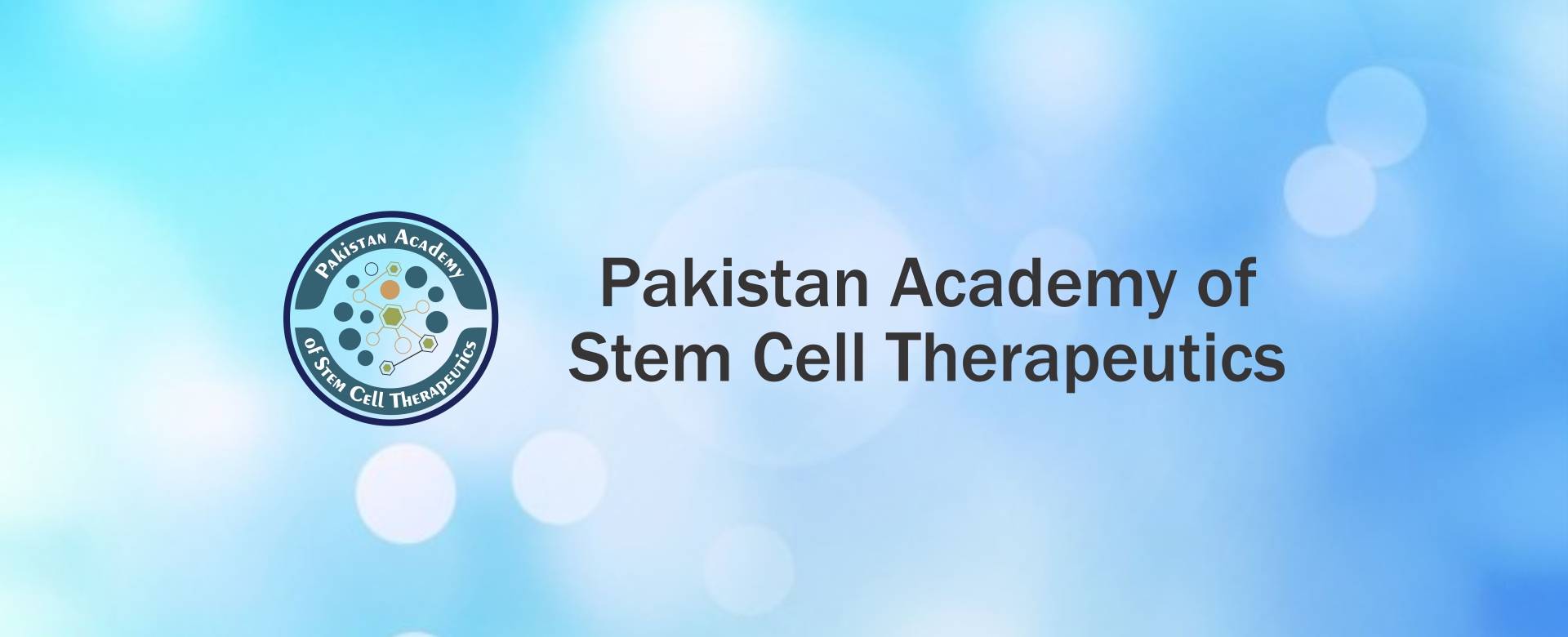Skin Whitening (also known as Skin Lightening) is the technique of using substances, material, mixtures, or physical treatments to lighten skin color. Skin whitening treatments work by curtailing the content of melanin of the skin. Many ingredients/agents have been shown to be effective in skin whitening; some have beneficial side effects; for example, are antioxidants, nutrients, or decrease the risk of some types of cancer; some are a significant risk to health for example, those containing mercury, steroids etc. If you want to see clearer, whiter, even-toned and glowing skin, you should see a dermatologist. We at Dermesthetic have experienced dermatologists and cosmetologists having expertise and knowledge of skin whitening treatments and procedures.
Consultation
 Some patients choose a simple process to make their skin look whiter and glowing. They prefer a treatment that does not implicate any procedure, surgery or a long recovery procedure. They are concerned in treatment that can be done at home with the help of topical creams or lotions. For these patients, dermatologists at Dermesthetic will customize/amalgamate their creams or topical components with safest ingredients devoid of MERCURY CONTENTS OR STEROIDS. These customize skin whitening topical preparations in the form of solution, cream or a serum can make a remarkable difference within short span of time. On the alternate, some patients want faster skin whitening results as an urgent requirement. In such cases a non-surgical mild procedure like micro-dermabrasion, micro-laser peel or another type of appropriate laser may achieve the goal.
Some patients choose a simple process to make their skin look whiter and glowing. They prefer a treatment that does not implicate any procedure, surgery or a long recovery procedure. They are concerned in treatment that can be done at home with the help of topical creams or lotions. For these patients, dermatologists at Dermesthetic will customize/amalgamate their creams or topical components with safest ingredients devoid of MERCURY CONTENTS OR STEROIDS. These customize skin whitening topical preparations in the form of solution, cream or a serum can make a remarkable difference within short span of time. On the alternate, some patients want faster skin whitening results as an urgent requirement. In such cases a non-surgical mild procedure like micro-dermabrasion, micro-laser peel or another type of appropriate laser may achieve the goal.
To schedule a personalised skin whitening consultation with our doctors to discuss what choices are available to make your skin even-toned, glowing, flawless and whiter in the safest possible way then you have to visit or call at Dermesthetic where the dermatologists have such expertise and knowledge.
Causes
Melanin is the main ingredient responsible for the color of the skin. Melanin is class of dark polymers generated by the body through the process of melanogenesis. The melanin pigmenting the skin and hair. The deviation of skin color among individuals is commonly because of variation of the content of melanin in the skin. Skin with little or no melanin is almost white. Other factors influence skin color in a lesser degree, including the amount of blood in blood vessels, skin thickness and content of carotenoidsin skin. Melanin is synthesized in melanosomes which are organelles produced in melanocytes. Melanocytes are cells dedicated to this function that are present in the skin, hair follicles, and other structures of the body. The synthesis of melanin involves a chain of enzyme-catalyzed chemical reactions and non-enzyme-catalyzed reactions. The main precursor to melanin is L-tyrosine. The first step of melanogenesis is the conversion of L-tyrosine to L-DOPA; this is the first and rate-limiting step and is catalyzed by the enzyme tyrosinase. Melanosomes are transferred to keratinocytes (the most abundant cell type in the skin). Most of the melanin of skin is found in keratinocytes. Additionally, melanocytes interact with keratinocytes through chemical signaling.
Technique
 We at Dermesthetic have highly qualified Dermatologists/Cosmetologists who are expert in skin whitening/lightning treatments and procedures. Skin whitening agents work by decreasing the presence of melanin in the skin. To achieve this, there are numerous possible mechanism of actions:
We at Dermesthetic have highly qualified Dermatologists/Cosmetologists who are expert in skin whitening/lightning treatments and procedures. Skin whitening agents work by decreasing the presence of melanin in the skin. To achieve this, there are numerous possible mechanism of actions:
- Inhibition of the activity of tyrosinase: The catalytic action of tyrosinase is inhibited, slowed or nearly stopped by the skin whitening agent.
- Inhibition of the expression or triggering of tyrosinase: The antimelanogenic agent causes that less tyrosinase is produced or that tyrosinase is not activated to its functional form.
- Scavenging of the intermediate products of melanin synthesis.
- Preventing the transfer of melanosomes to keratinocytes.
- Directly destroying existing melanin.
- Destroying melanocytes.
Treatment
We at have experienced dermatologists and cosmetologists treating the skin lightening and properly advise the patient regarding the treatment after making diagnosis of the type of skin. Topical creams, lotions and gel work best for skin whitening. The most common types of medicines that doctors use as whitening agents include:
Tretinoin: Research has revealed that the consumption of tretinoin (also known as all-trans retinoic acid) can only be somewhat effective in treating skin discolorations. Users of tretinoin have to avoid sunlight, as the skin can tan.
Hydroquinone: Hydroquinone is a strong inhibitor of melanin production, meaning that it prevents dark skin from making the substance responsible for skin color. Hydroquinone does not bleach the skin but lightens it, and can only disrupt the synthesis and production of melanin hyperpigmentation. Hydroquinone is considered the primary topical ingredient for inhibiting melanin production. Its components have potent antioxidant abilities. Topical hydroquinone comes in 2% (available in cosmetics) to 4% (or more) concentrations (available from a physician or by prescription), alone or in combination with tretinoin 0.05% to 0.1%. Research has shown hydroquinone and tretinoin to prevent sun- or hormone-induced melasma.
Arbutin: Arbutin is derived from the leaves of bearberry, cranberry, mulberry or blueberry shrubs, and also is present in most types of pears. It can have melanin-inhibiting properties. All of these contain arbutin (technically known as hydroquinone-β-D-glucoside), which can inhibit melanin production. Pure forms of arbutin are considered more potent for affecting skin lightening. Medical studies have shown the efficiency of arbutin for skin lightening.
Kojic Acid: Some research shows kojic acid to be effective for inhibiting melanin production. Kojic Acid is an unstable ingredient in cosmetic formulations. Upon exposure to air or sunlight it can turn brown and lose its efficacy. Many cosmetic companies use kojic dipalmitate as an alternative because it is more stable in formulations. However, there is no research showing kojic dipalmitate to be as effective as kojic acid, although it is a good antioxidant.
Azelaic Acid: It is applied topically in a cream formulation at a 10-20% concentration. Azelaic acid is used to treat acne, but there is also research showing it to be effective for skin discolorations. Other research also indicates azelaic acid may be an option for inhibiting melanin production.
Glutathione: In addition to its many recognized biological functions, glutathione has also been associated with skin lightening ability. While skin whitening reduces melanin which serves as the natural protection from UV exposure, glutathione’s antioxidant property also protects the skin from UV radiation. Glutathione is an ingredient in some cosmetics preparations. Glutathione for skin whitening is available in cream, soap, lotion, nasal spray and injectable form. When taken orally, glutathione is hydrolyzed by enzymes in the gastrointestinal tract resulting in reduced bioavailability. On the contrary, intravenous glutathione delivers very high doses directly into the systemic circulation and is the preferred mode of administering glutathione. However, this method of administrating the antioxidant might flood the cells with glutathione that may cause reductive stress.
Vitamin C: Vitamin C and its various forms are considered an effective antioxidant for the skin and help to lighten skin. One study found it raises glutathione levels in the body.
 Alpha Hydroxy Acids (AHA): Alpha Hydroxy Acids (AHAs), primarily in the form of lactic acid and glycolic acid are the most researched forms of AHAs have effective penetration into the top layers of skin. It is generally assumed that AHAs in concentrations of 4% to 15% are not effective for inhibiting melanin production and will not lighten skin discolorations in that manner. Alpha hydroxy acid peels (using 50% concentrations or greater) may remove skin discolorations. Only a qualified physician should perform these types of facial peels. It is believed that their benefit is in helping cell turnover rates and removing unhealthy or abnormal layers of superficial skin cells called exfoliation where hyperpigmented cells can accumulate. However, other research has shown that lactic and glycolic acids can indeed inhibit melanin production separate from their actions as an exfoliant on skin.
Alpha Hydroxy Acids (AHA): Alpha Hydroxy Acids (AHAs), primarily in the form of lactic acid and glycolic acid are the most researched forms of AHAs have effective penetration into the top layers of skin. It is generally assumed that AHAs in concentrations of 4% to 15% are not effective for inhibiting melanin production and will not lighten skin discolorations in that manner. Alpha hydroxy acid peels (using 50% concentrations or greater) may remove skin discolorations. Only a qualified physician should perform these types of facial peels. It is believed that their benefit is in helping cell turnover rates and removing unhealthy or abnormal layers of superficial skin cells called exfoliation where hyperpigmented cells can accumulate. However, other research has shown that lactic and glycolic acids can indeed inhibit melanin production separate from their actions as an exfoliant on skin.
Niacinamide: Niacinamide is claimed to be a much safer alternative when applied topically for skin or genitalia whitening. According to research niacinamide has no adverse side-effects. It also promotes acne reduction, increases skin moisture, and reduces fine wrinkles.
Mercury Component: Many skin whiteners contain toxic mercury, such as mercury chloride or ammoniated mercury as the active ingredient. However, mercury has been banned in most countries, including FDA in 1990, for use in skin whitening because it accumulates on skin and it can have the opposite results in the long term.
Tranexamic Acid: Tranexamic Acid is sometimes used in skin whitening as a topical agent, injected into a lesion and taken orally, both alone and as an adjunct to laser therapy.
Other: There is also a small amount of research showing oral supplements of pomegranate extract, ellagic acid, vitamin E, and ferulic acid can inhibit melanin production.
Procedure of Skin Whitening
Your dermatologist may treat skin tone with a procedure that can be performed during visit to the health facility. Many non-surgical treatments are available including the following latest treatments/technologies to improve the skin color. These treatments include:
- Lasers and other light therapies: Your dermatologist can determine whether this type of treatment can be helpful.
- Chemical peels: You cannot buy the chemical peels that dermatologists use.
- Fraxel/mosaic laser
- Photofacial treatment have also been reported as effective procedure for skin whitening.
- Cryosurgery: Alternative to laser treatment is cryosurgery using liquid nitrogen. Excess melanin comes to the surface and peels off in a few days. This is particularly useful in sensitive areas like the genitals where laser treatment could leave a scar. Efficacy of the treatment depends on the depth of the pigment. Freckles in any part of the body can be treated the same way.
- Microlaser Peel.
- Dermabrasion is an effective therapeutic procedure for reducing the skin darkness.
We are at have highly qualified Dermatologists/Cosmetologists who are expert in skin whitening treatments and procedures.
Risks of Skin Whitening Agents
 There are other potential risks of skin lighteners. Those risks can include the following:
There are other potential risks of skin lighteners. Those risks can include the following:
- Prolonged use can contribute to premature aging of skin.
- Long-term use may increase the risk of skin cancer from sun exposure. Always use sunscreen when using a skin lightener and going out in the sun.
- Steroids in some skin lighteners may increase risk for skin infections, skin thinning, acne, and poor wound healing.
- Applying steroids to large areas of skin may put you at risk for health problems related to steroid being absorbed by the body.
- Hydroquinone may cause unwanted and untreatable skin discoloration (ochronosis).
- Various bleaching agents, including natural ingredients, can cause skin irritation or allergic reaction.
Side Effects of Skin Whitening
Side effects of skin whitening treatments vary depending on the method and topical creams you choose and the ingredients of the creams. Some people apply skin lightener to their entire body to change their complexion, but this can be very risky. Some controversial research has suggested that kojic acid may have carcinogenic properties in large doses. Other studies show that kojic acid is not carcinogenic, but can cause allergic contact dermatitis and skin irritation. Further, hydroquinone’s action on the skin can be an irritant, particularly in higher concentrations of 4% or greater and predictably when combined with tretinoin.
The active ingredient in some skin lighteners is mercury, so bleaching can lead to mercury poisoning. Mercury is a toxic agent that can cause serious psychiatric, neurological, and kidney problems. Pregnant women who use a skin lightener with mercury can pass the mercury to their unborn child. The use of mercury as an ingredient in skin lighteners is banned in the U.S. However, some skin lighteners produced outside the U.S. may still contain mercury. One study found that nearly 1 out of every 4 skin lighteners made in Asia and sold outside the U.S. contained mercury. Therefore, it is recommended to use skin whitening or lightening agents on the advice of qualified doctors. We at Dermesthetic where the dermatologists have such expertise and knowledge.







